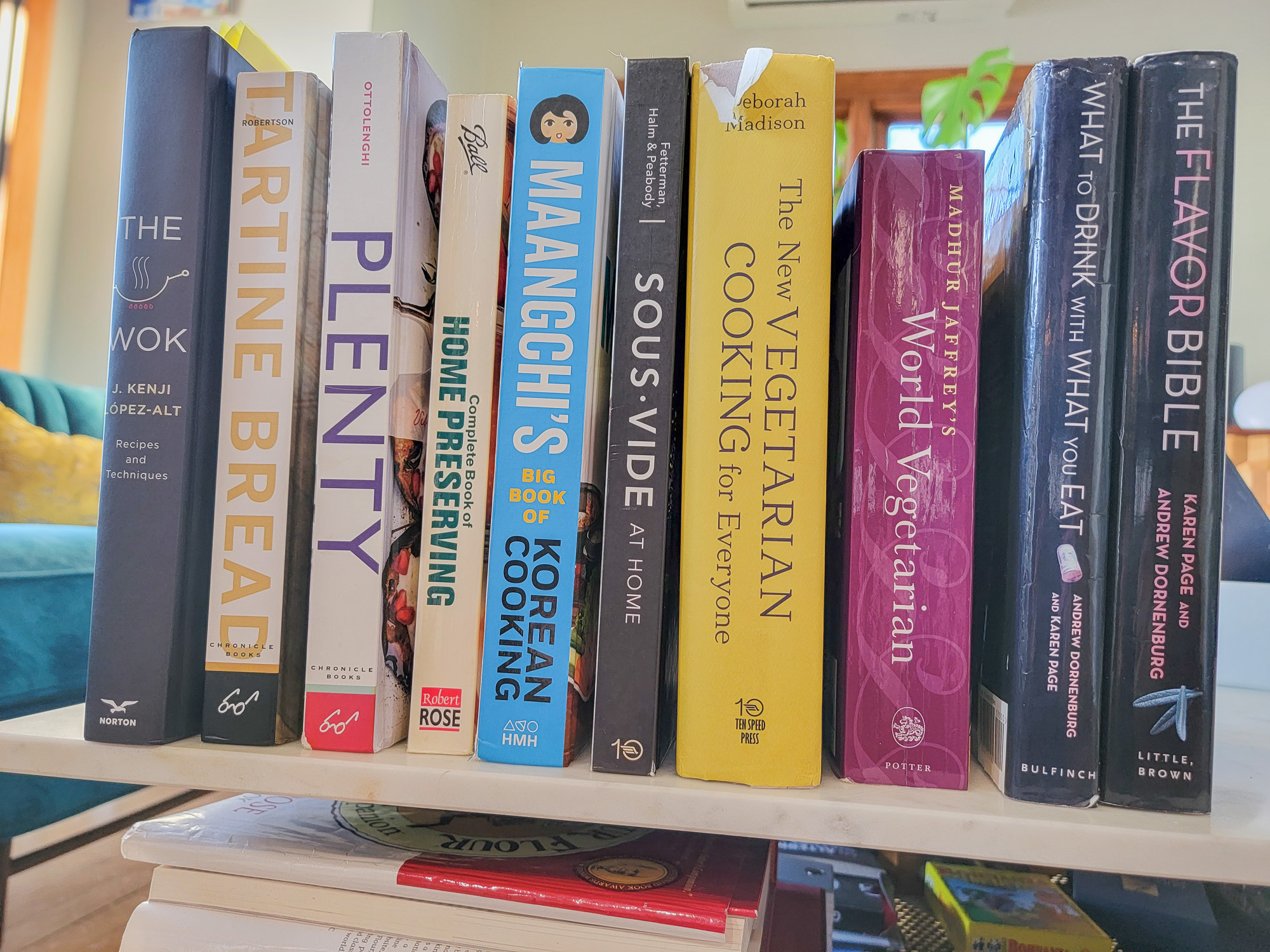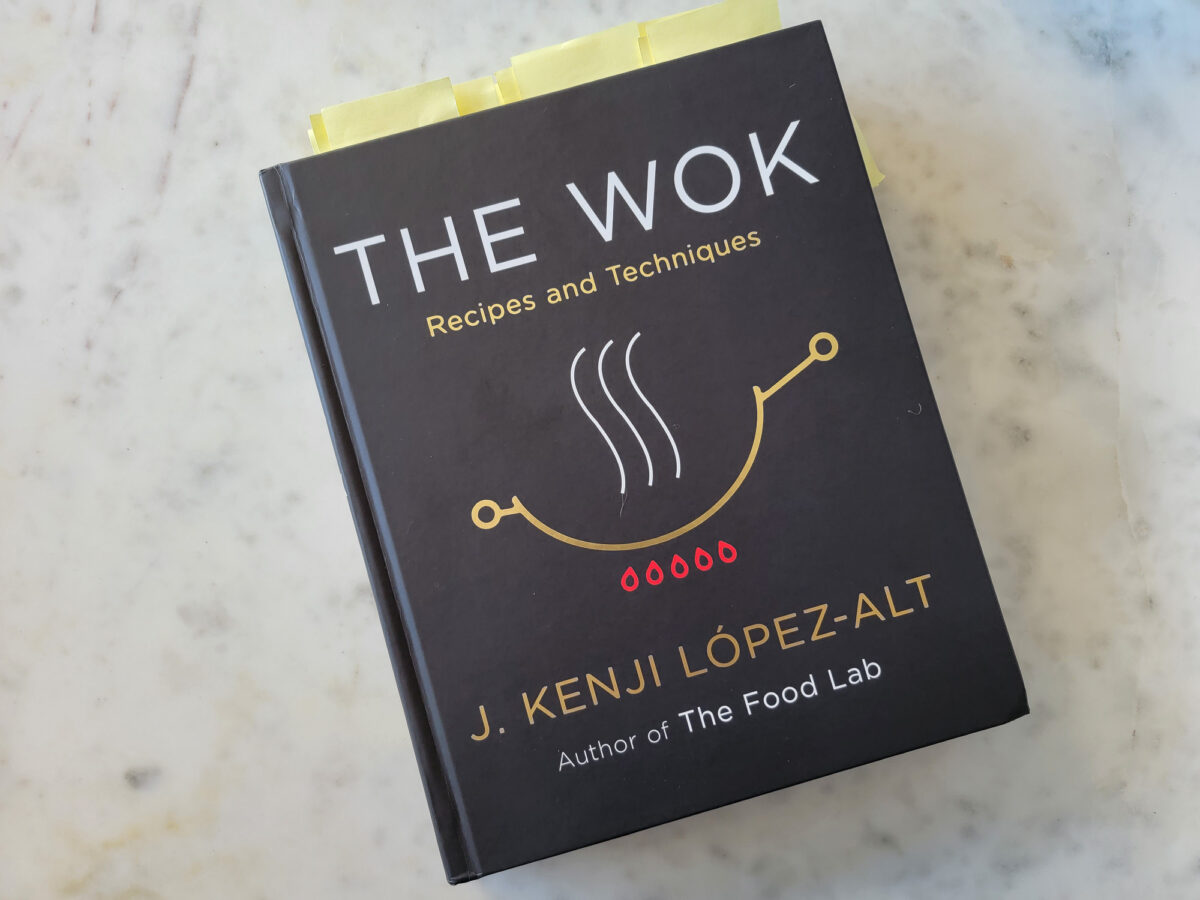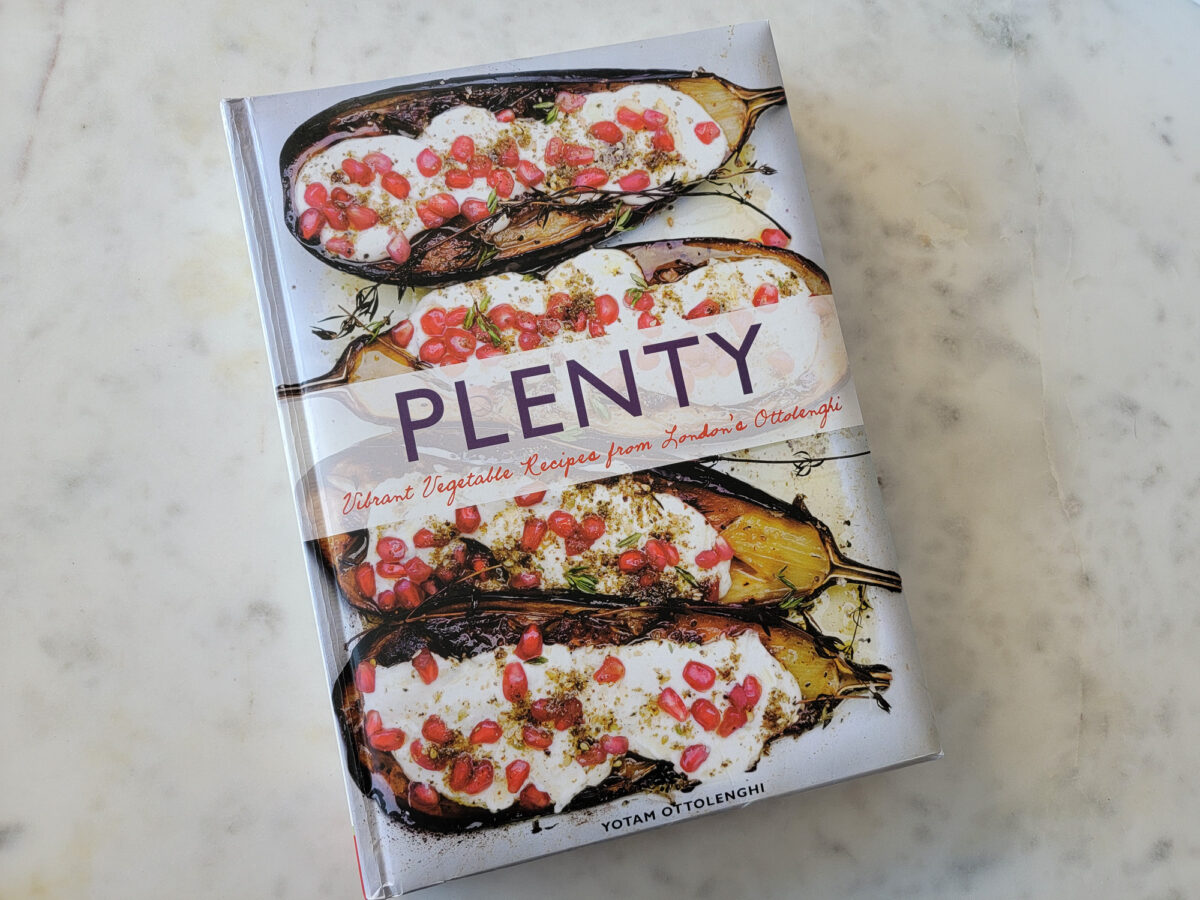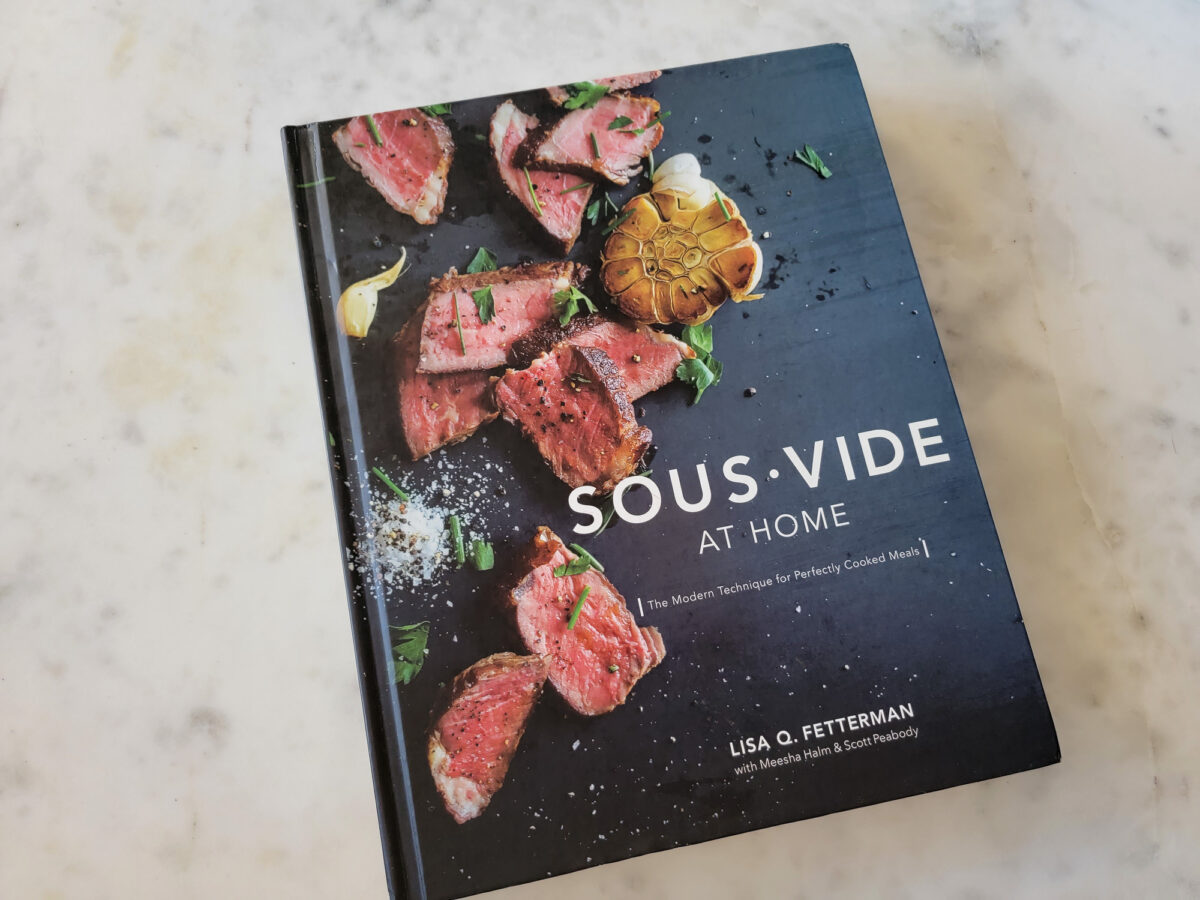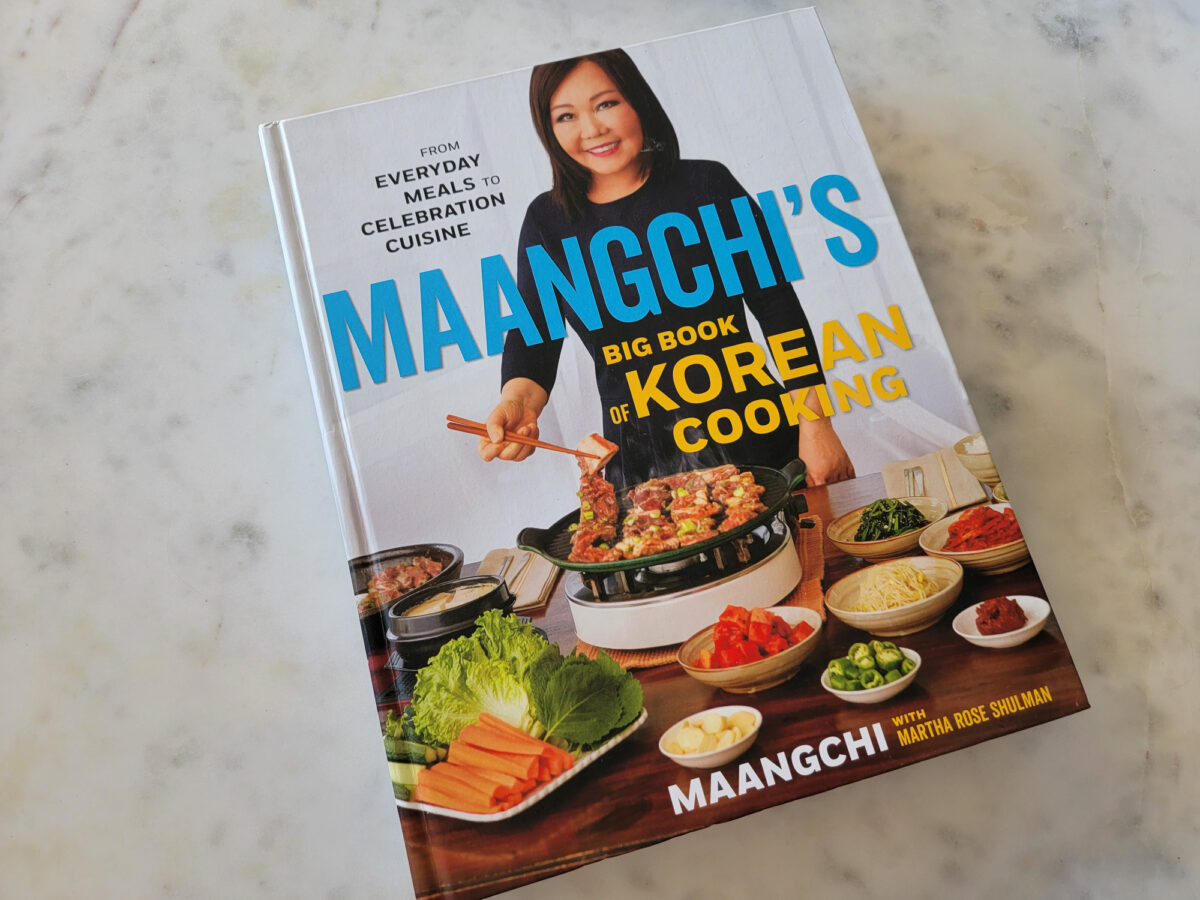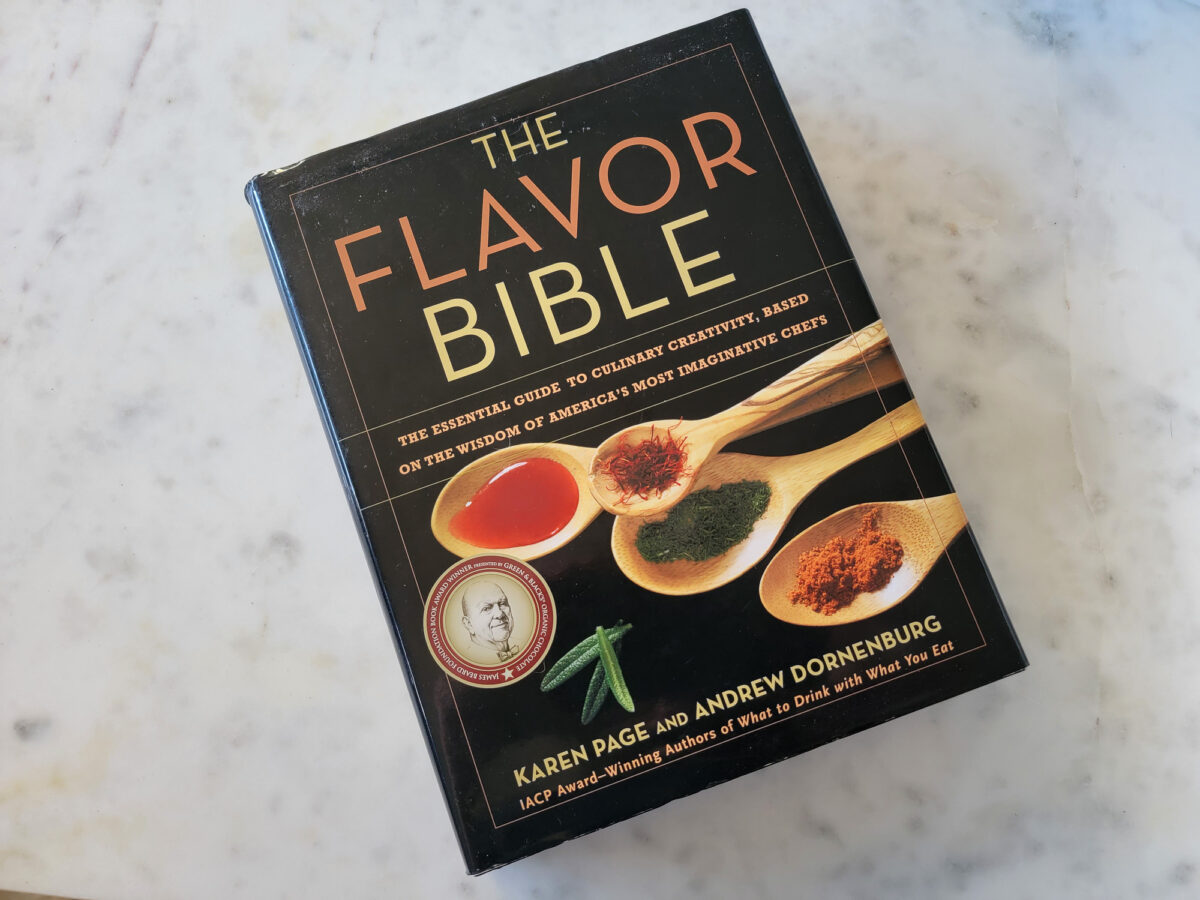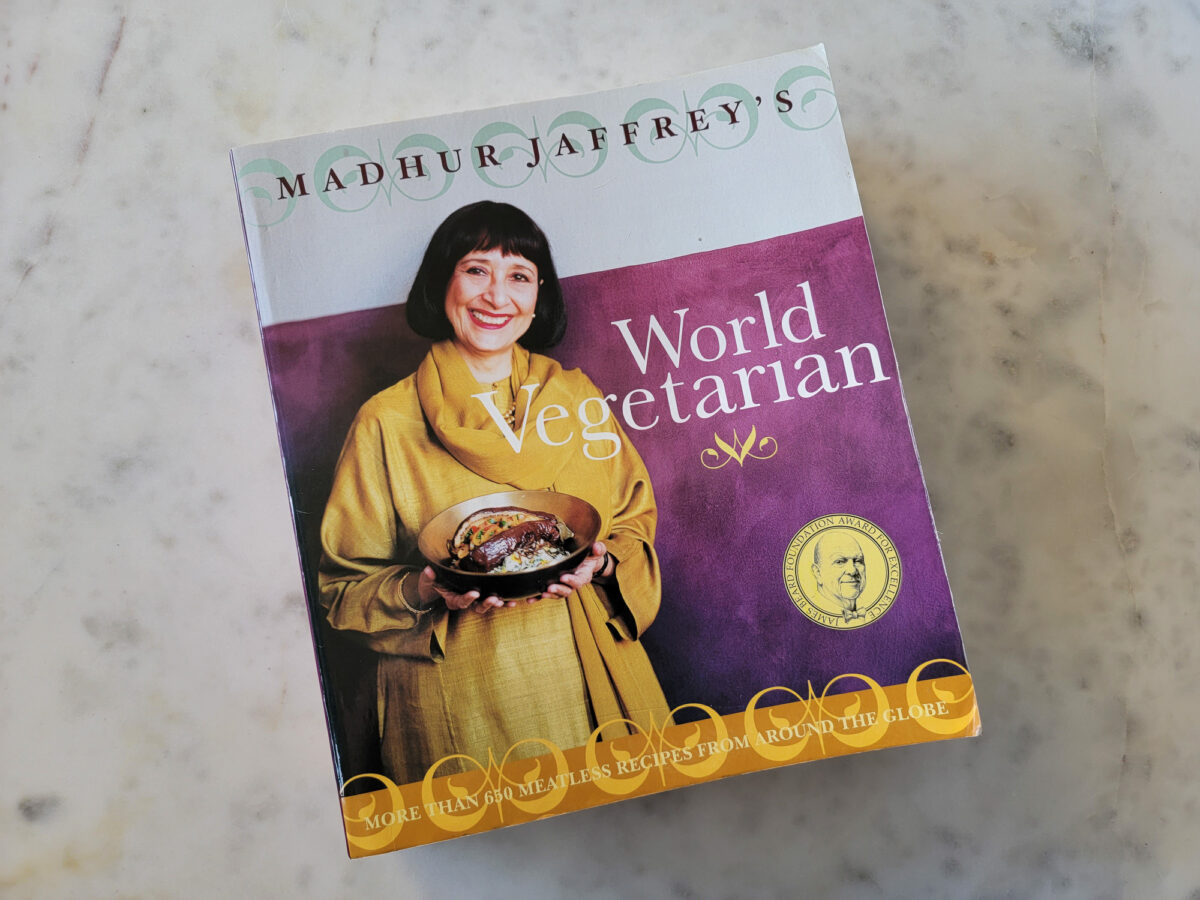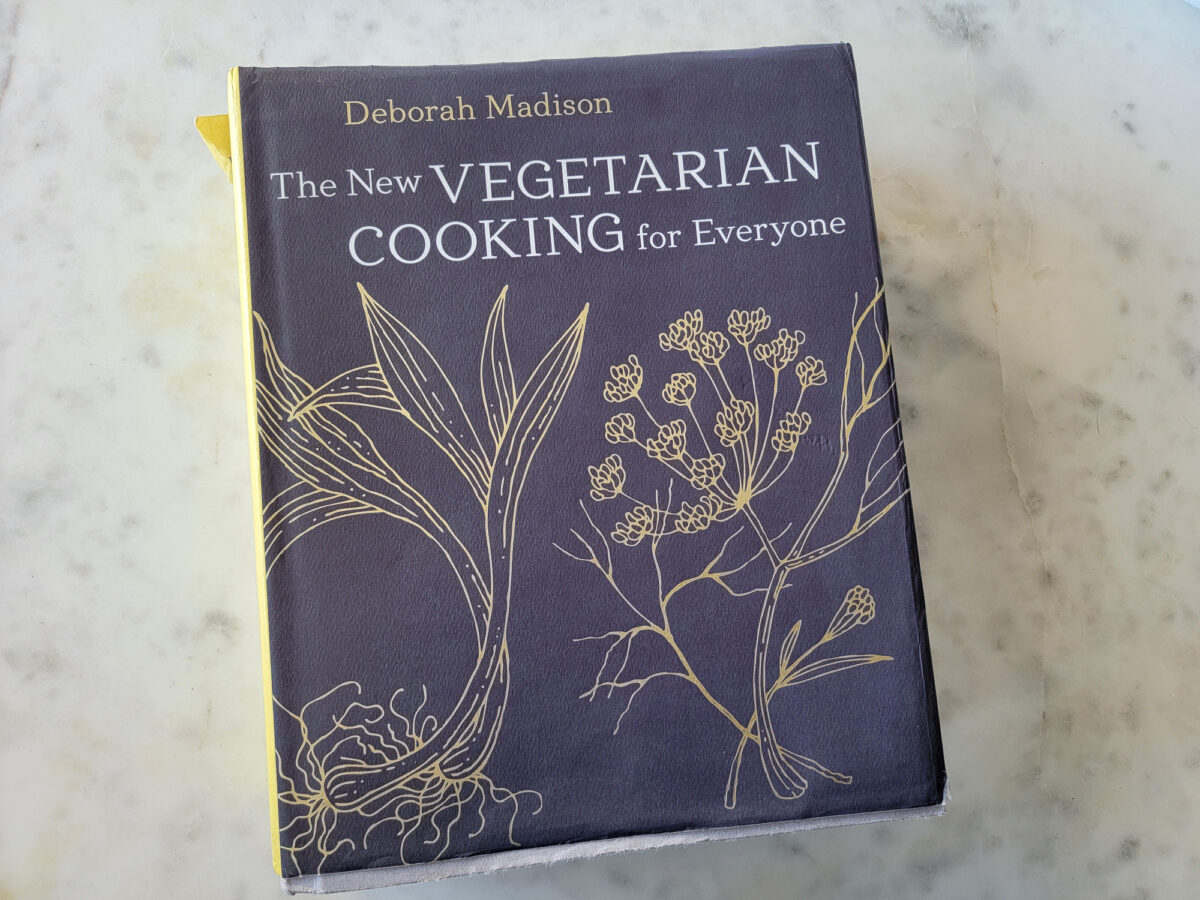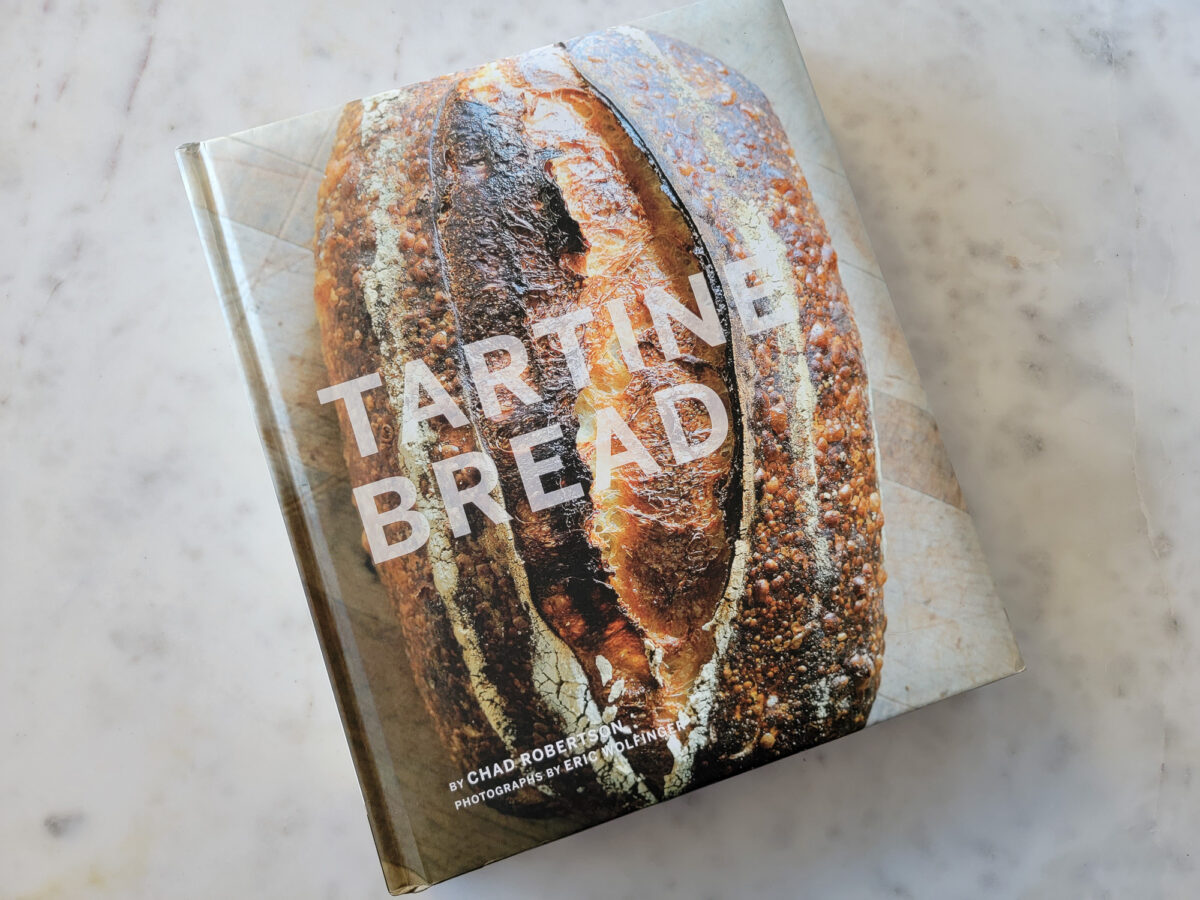Disclaimers: Our site uses demographic data, email opt-ins, display advertising, and affiliate links. Please check out our Terms and Conditions for more information.
What makes a good cookbook? As someone who reads cookbooks at bedtime like they're novels, my idea of a great cookbook is one that is more than just lists of ingredients and instructions- I love it when authors inject their personalities and ethos into the writing interspersed amongst the recipes. This truly helps convey their expertise and gives a sense of origin to each and every recipe.
A great cookbook also teaches you something, whether that is a new technique, a new ingredient, a new flavor combination, or a new way of thinking about a dish or ingredient. If we were simply relying on lists of ingredients, we have to admit we could probably figure out a recipe on our own- so learning anything beyond ingredient lists is key.
Finally, a great cookbook is one that I keep going back to time and time again until the pages are worn. These are the cookbooks in our house that have oil splatters, tomato sauce stains, worn spines, and countless dog-eared pages to name a few. If you're going to spend money on a cookbook, it better be one you reference all the time to get your money's worth!
So, keeping all that in mind, we have ten cookbooks that we go back to again and again and consider must-haves in any kitchen!
The Wok
We've long been a fan of J. Kenji Lopez-Alt, and we picked up The Wok partially because of that and partly because we kind of had a culinary blind spot with wok cooking. This cookbook has changed all that – we have learned so much from Kenji's technical writing about Asian ingredients and techniques that we feel this book has opened a portal. If you want to learn how versatile a wok can be, and want to expand your knowledge on Chinese, Japanese, Thai, and Korean cooking, check out this book. It truly is one of the best Asian cookbooks out there.
Recipes to try: General Tso's chicken (utilizes the best frying technique we've ever tried), Moo Shu pork (be sure to make the ultra-thin, mind-blowing pancakes with it!), Beef with basil (a flavor powerhouse that tastes like it could be takeout)
You may also need: a wok and wok accessories (metal utensils are a must!). This is a wok cookbook after all, so if you don't have a wok, be sure to pick one up!
Plenty
Plenty is a completely vegetarian cookbook, organized by ingredient, and it's one that we gravitate towards to use our summer vegetable bounty from our home garden. While many of the recipes have Mediterranean flavors, there are also nods to Asian cuisine as well. Some recipes have hard-to-find ingredients or fiddly techniques, but for the most part things are straightforward making it one of the best vegetarian cookbooks we own.
Recipes to try: Very Full Tart (my favorite recipe in the book; a rich, savory tart chock full of veggies); Tomato party (so simple but with a fantastic depth of flavor); Chickpea saute with Greek yogurt (again, so easy to make but packed with flavor); The ultimate winter couscous (lots of warming spices and so satisfying)
Sous Vide at Home
We got Sous Vide at Home when we bought our sous vide setup, and we couldn't be happier. It is a great book for learning about the basics of sous vide, but also has really creative recipes. I also love that it gives instructions for using sous vide to prep things ahead of time which is perfect for entertaining. I promise once you use this cookbook to sous vide you will be hooked.
Recipes to try: The Perfect Sous Vide Steak (we've used this recipe as a launching pad for crafting our own perfect steak technique); Moroccan Lamb Meatballs (never worry about whether or not your meatballs are cooked all the way through – sous vide takes out the guesswork); Chocolate pots de creme (yes, you can make dessert sous vide, too!)
You may also need: a sous vide (much like the wok book, this book is about using equipment), a water bath vessel, a vacuum sealer, and/or plastic freezer bags to get started.
Maangchi's Big Book of Korean Cooking
We fell in love with Korean cuisine on a 2-week vacation and knew we had to learn how to cook it at home. Luckily Maangchi's Big Book of Korean Cooking learning Korean cuisine super simple and fun. There's a helpful section that explains how to stock your Korean pantry, and the book is organized by type of dish. One of the hallmarks of Korean cuisine is a table overflowing with banchan, or side dishes, and Maangchi has a great chapter with a huge selection of banchan recipes. As such, there is really no question here, this is the best Korean cookbook out there.
Recipes to try: Japchae (it's so easy and you won't think the recipe will work, but I promise it does); Kimchi stew (spicy and comforting); Bite-Size Napa Cabbage Kimchi (we always have a jar of kimchi made with this recipe in our fridge); Bulgogi with noodles (the marinade recipe is perfect and addicting)
You may also need: gochujang– a staple ingredient in Korean cooking that is in many, many recipes.
The Flavor Bible
If you like cooking by feel and taste rather than recipes, The Flavor Bible may be for you. There isn't a single recipe in this book (which, admittedly may not make it a cookbook proper), but rather ideas for flavor combinations. The book is organized by ingredient, and under each ingredient is a list of other ingredients that pair well with it. If we pick up an ingredient at a farmer's market or get one in our CSA that we don't know what to do with, we turn to this book for inspiration. We also love using it for sauce ideas and ice cream flavor inspiration.
For vegetarians, they even have a Vegetarian Flavor Bible, too. While we do not personally own this one, we have thumbed through it and can attest to its quality similar to the original.
Recipes to try: There are no recipes here, but at the end of the more popular ingredients are lists of flavor combinations or dishes from restaurants. For instance, at the end of “duck” you'll find dozens of combinations including duck + cinnamon + honey + orange + star anise. If you are creative and want to try your own recipe, or simply tweak other ones a little bit, reference points like these help a lot!
What to Drink With What You Eat
Written by the same authors as The Flavor Bible, What to Drink With What You Eat has a similar concept but is geared toward beverage pairings with different ingredients. Obviously wines make up the majority of the recommendations, but where appropriate there are also beer or sometimes non-alcoholic drink pairing recommendations. The first half of the book is organized by ingredient, so if you've ever wondered what to drink with kumquats or Roquefort cheese, for example, you can use this section. The second half of the book is organized by beverage, so if you've got a bottle of Montepulciano you can see that it pairs with lamb, pasta, or mushroom pizza, for example.
Recipes to try: Again, there are no recipes in this book, but let's say you want to pair a wine with your steak that you've cooked sous vide. There are two entire pages of recommendations, but some of the most highly recommended options are California Cabernet Sauvignon, Zinfandel, Chianti, Cotes du Rhone, and Syrah. There are also suggestions based on what cut of steak you're having, and several notes from different chefs on their theories about pairing wine with steak.
You may also need: wine glasses, beer glasses, and/or cocktail glasses. Drinks don't serve themselves, of course!
Madhur Jaffrey's World Vegetarian
Madhur Jaffrey's World Vegetarian is a massive cookbook organized by ingredients and is one of our go-to's for vegetarian recipes. As it's an international cookbook, I love that each recipe lists which country the dish comes from and the name of the dish in the native language. I always find interesting and unexpected flavor combinations in this cookbook – sometimes it's hard to envision how the flavors will work, but they always do. Of course, the Indian recipes in this book are top-notch, but there are a ton of Japanese, Chinese, Korean, Mediterranean, and even South American dishes as well.
Recipes to try: Mujaddara (from Palestine, a simple but addicting lentil and browned onion dish that we use as a base for veggie bowls); Aloo Gobi (Punjabi-style cauliflower and potatoes with ginger); Gajar Ka Raita (carrot raita – creamy and subtly sweet, this is an accompaniment we always make when cooking an Indian meal)
Ball – Complete Book of Home Preserving
If you've ever wanted to get into canning, Ball – Complete Book of Home Preserving is a must-have. In general, you have to follow a tested recipe when canning for food safety purposes. This book is great in that it provides basic guidelines if you want to can simple ingredients like tomatoes or green beans, but also recipes for more complicated things like jams, chutneys, and sauces. Whether you have a pressure canner and want to get into canning lower pH things like vegetables and meat, or want to keep it simple and water bath can jams and jellies, this book has it all.
Recipes to try: Pickled roasted red peppers (we absolutely have to can these every year – they're delicious and so much cheaper than buying them at the store); Blueberry lime jam (the hint of lime perks this one up); Fiesta salsa (one of our friends declared this the best salsa she'd ever had)
You may also need: Ball jars, extra canning lids (for reusing jars), a water bath vessel (a large stock pot works great), and a canning accessories kit.
The New Vegetarian Cooking for Everyone
The New Vegetarian Cooking for Everyone is my most beloved vegetarian cookbook. It is organized by type of dish (i.e. appetizers, soups, pasta, etc.) but there's also a separate section organized by vegetable type. At the beginning of each vegetable section is a lengthy explanation of the best ways to prepare and cook the vegetable plus recommended sauces and flavors that pair well with the vegetable. Most of the dishes are extremely simple – sometimes you even wonder if they warrant a recipe, but then you realize they do because it's a flavor combination or technique you never would have thought of.
Recipes to try: Fresh mushroom risotto (if you want to impress your family and friends, this is the dish to serve them); Vinegar-glazed 5-minute beets (by shredding the beets you can turn a typically long-cooking vegetable into a quick side dish); Baked eggplant with feta and tomatoes (extremely simple but bursting with flavor)
Tartine
Tartine was my gateway cookbook to the world of sourdough bread baking. I used the instructions in this bread book to create my sourdough starter which I've kept alive for several years now. The basic country loaf recipe in this book is my go-to sourdough recipe- the loaf is more sweet than sour, has high hydration for an open crumb, and has a super crisp crust thanks to baking in an enclosed cast iron cooker. There are lots of recipes for variations on the basic country loaf, but there are also recipes for baguettes, croissants, brioche, and more. Plus, the second half of the book is recipes that utilize bread like different bruschettas and bread puddings.
Recipes to try: Potato focaccia (so simple but the pecorino cheese elevates it); Clarise's meatball sandwiches (the meatball recipe alone is worth buying this book); French onion soup (decadent and rich, with homemade bread as the croutons)
You may also need: bread molds, a bread lame, a cast iron dutch oven, and yeast.
Do you have a favorite cookbook you can't live without? Comment below to share it!

